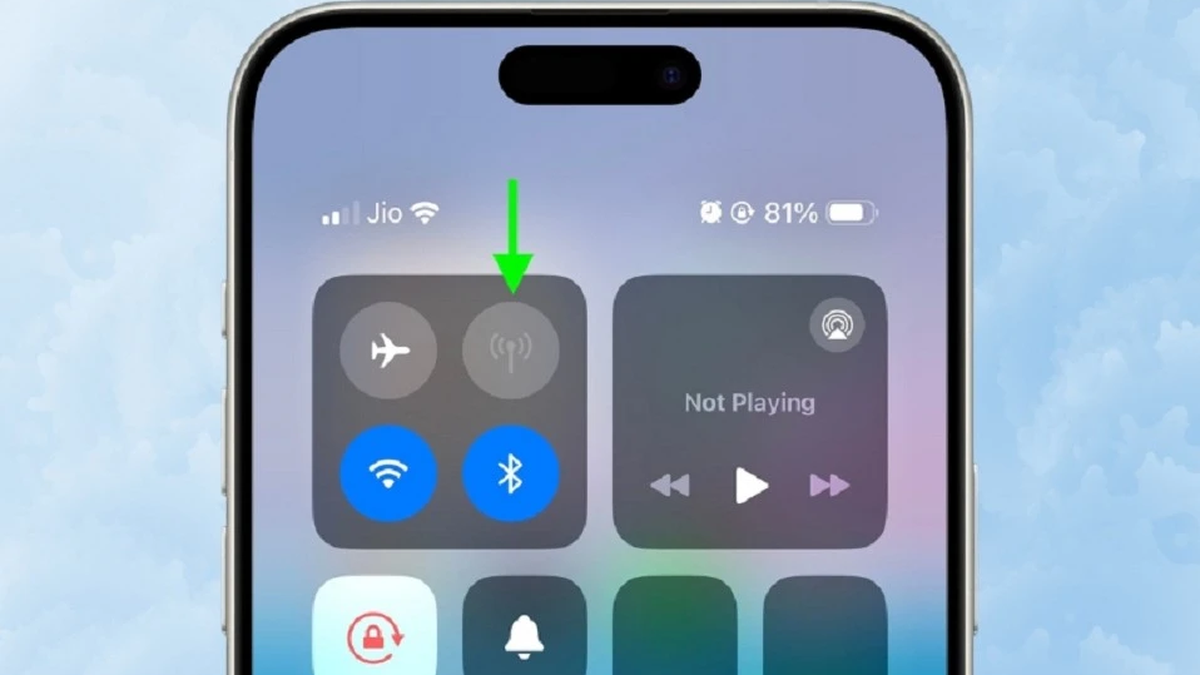Diabetic patients are getting younger and younger, how to reduce the harm?
Faced with the increasing number of children with type 1 diabetes, the Ministry of Health has just issued separate guidelines on the diagnosis and treatment of type 1 diabetes in children and adolescents.
On the afternoon of June 24, the Department of Medical Examination and Treatment, Ministry of Health announced and trained the implementation of the Guidelines for diagnosis and treatment of type 1 diabetes in children and adolescents.
 |
| Faced with the increasing number of children with type 1 diabetes, the Ministry of Health has just issued separate guidelines on the diagnosis and treatment of type 1 diabetes in children and adolescents. |
The first professional diabetes guidelines for children and adolescents compiled in Vietnam.
The guidelines are elaborately constructed, updated, based on domestic and international documents, focusing on clinical practice of diagnosis and treatment of type 1 diabetes, very useful for general practitioners and specialists in daily medical examination and treatment.
According to Dr. Nguyen Trong Khoa, Deputy Director in charge of the Department of Medical Examination and Treatment Management, Ministry of Health, type 1 diabetes accounts for 90% of diabetes in children.
In Vietnam, there is currently no comprehensive data on the epidemiology of type 1 diabetes in children. Data from end-line children's hospitals show that there are approximately 2,000 children diagnosed with type 1 diabetes and the trend has been increasing nationwide for the past 7 years.
Guidelines for the diagnosis and treatment of diabetes in children focus primarily on clinical practice in the diagnosis and treatment of type 1 diabetes with the goal of early detection, timely diagnosis, treatment, and good control of type 1 diabetes.
At the same time, this also reduces the burden of disease for children and families living with type 1 diabetes, helping children have a long, healthy life.
The type 1 diabetes treatment guidelines mark the collaboration of two professional associations that bring together endocrinology and pediatrics experts with clinical and teaching experience, namely the Vietnam Endocrinology - Diabetes Association and the Vietnam Pediatrics Association.
Type 1 diabetes, also known as insulin-dependent diabetes, is most common in children and adolescents, because the pancreas is no longer able to produce enough insulin. Patients with type 1 diabetes need to be treated with insulin to have a chance of survival.
Signs of diabetes in children include frequent urination, unexplained weight loss, lack of energy, or always feeling tired and thirsty.
Associate Professor Tran Minh Dien, President of the Vietnam Pediatric Association and Director of the National Children's Hospital, said that type 1 diabetes can occur at any age, from newborns to older adults. If not detected and treated early, the condition can progress to severe acidosis, threatening life.
Once the disease is detected, doctors will come up with a treatment plan. In the early stages, children will be treated in hospitals, and their insulin doses will be calculated. Once treatment is stable, children can be treated and monitored at home. In addition to insulin treatment, diet and exercise are also very important in the treatment of type 1 diabetes in children.
According to the President of the Vietnam Pediatric Association, in 2024, the Association aims to support thousands of people under 25 years old living with type 1 diabetes.
"I call on hospitals across the country that are managing type 1 diabetes patients to proactively contact the CDiC program so that patients can receive support and medical staff can participate in training courses," said Associate Professor Dien.
Type 1 diabetes (also known as type 1 diabetes) is a disease that occurs when the pancreas does not produce or produces very little insulin, leading to a severe endogenous insulin deficiency.
The disease is usually diagnosed in children and young adults. It can start as early as a few months old, with the most common age being 10-14 years old. The male/female ratio is equal. Type 1 diabetes accounts for about 5-10% of people with diabetes.
The cause of type 1 diabetes is 95% due to autoimmune mechanism and 5% of cases are unknown. The immune system mistakenly attacks and destroys cells responsible for producing insulin in the pancreas.
Several risk factors such as infection with Coxsackie virus, Rubella, Cytomegalovirus... or early dietary exposure to cow's milk are also associated with the onset of the disease.
Certain antibodies against pancreatic beta cells can also be found in the majority of patients with type 1 diabetes. In addition, many people previously mistakenly thought that type 1 diabetes was a genetic disease, which is not true. Type 1 diabetes is not classified as a genetic disorder.
However, a person is more likely to develop type 1 diabetes if a first-degree relative such as a parent or sibling has the disease.
Therefore, when symptoms such as thirst, drinking a lot, urinating a lot, weight loss, fatigue, blurred vision, new bedwetting appear in children who have not had it before.
In particular, when accompanied by some dangerous warning symptoms of type 1 diabetes such as abdominal pain, vomiting, impaired consciousness, rapid deep breathing, breath smelling of ripe fruit (ripe apples...), the patient must be taken immediately to a medical facility for examination, diagnosis and timely treatment.
Currently, insulin is still required to treat type 1 diabetes. Early insulin use also helps preserve remaining beta cell function. Good blood sugar control helps reduce the risk of long-term complications.
In addition, patients must also adjust their diet and lifestyle to suit each individual. For people with moderate physical activity, they should maintain about 30-35 calories/kg/day.
Patients also need to balance the ratios of carbohydrates, proteins, and lipids to help control blood sugar but also ensure the patient's daily activities.
Especially in children, in addition to blood sugar control, it is also necessary to ensure the goals of normal growth and development of children.
People with type 1 diabetes should monitor their blood sugar at least 4 times a day to adjust their insulin dosage based on their blood sugar at home.
Nowadays, many people mistakenly believe that diabetes can be cured and believe in many inaccurate advertisements from social networking sites. However, doctors all confirm that, up to now, there is no specific preventive measure for diabetes.
Source: https://baodautu.vn/benh-nhan-tieu-duong-ngay-cang-tre-hoa-lam-sao-de-giam-tac-hai-d218436.html





















































![[Maritime News] More than 80% of global container shipping capacity is in the hands of MSC and major shipping alliances](https://vphoto.vietnam.vn/thumb/402x226/vietnam/resource/IMAGE/2025/7/16/6b4d586c984b4cbf8c5680352b9eaeb0)














































Comment (0)